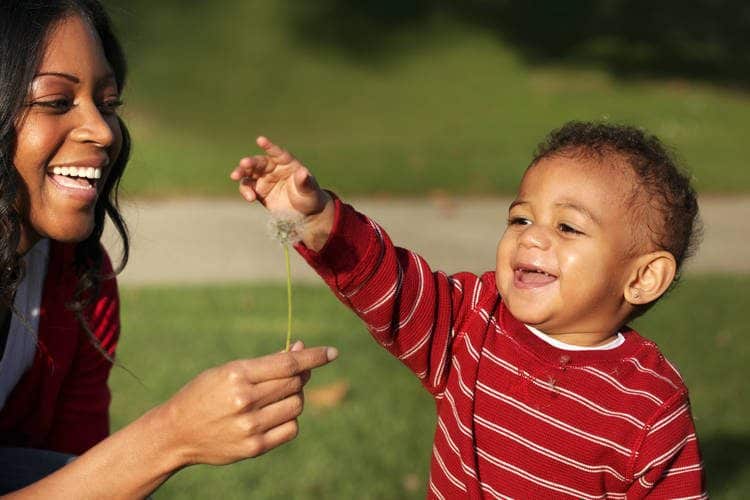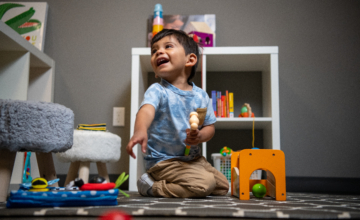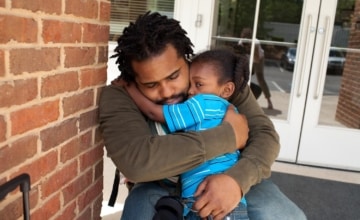Your toddler is using all his new physical, thinking, and language skills to be a good problem-solver.
He might push a stool to the counter and try to climb up as he points to the cookie jar and says something like Mine! How do you see your toddler figuring things out?
| What Your Toddler Can Do | What You Can Do |
|---|---|
| I’m using my body to explore and learn. | Encourage your child to use his fingers and hands to explore. |
| I’m using language to understand the world around me. | Ask your child questions and make up stories together. |
| I am beginning to understand my feelings and others’ feelings too. | Read books that talk about feelings. Stay calm during tantrums. |
| I’m becoming a good problem-solver. | Let your child repeat the same activity, if he wants to. |
Spotlight on Problem-Solving Between 15 and 18 Months
The ability to solve problems is very important for being successful in school and in life. When you see your toddler getting into everything, think of it as her way of problem-solving—figuring out how things work.
Toddlers problem-solve by using their bodies and their minds to make a plan to reach their goals. For example, toddlers are solving a problem when they tip over a sippy cup to see how to make the liquid come out.
Toddlers are also solving problems by using their past experiences to help them understand new situations. For example, your child may begin throwing everything into the trash—garbage or not. He is remembering that throwing his napkin out after lunch makes you happy. He just hasn’t learned yet what not to toss out!
Children also learn how to solve problems by imitating what the people who care for them do. So when they see these adults staying calm and not giving up when they face a challenge, children learn to keep trying, too.
What You Can Do
- Support your child in reaching her goal. If her block tower keeps falling, suggest she add some more blocks on the bottom for support.
- Do chores together. Pushing a broom, for example, helps children solve problems like how to get the crumbs into the dust pan.
- Teach your child to ask for help. When you see him getting frustrated as he tries to solve a problem, you might say: It can be hard to get that jack-in-the-box to pop up! Would you like some help? Let’s try turning this knob together.




